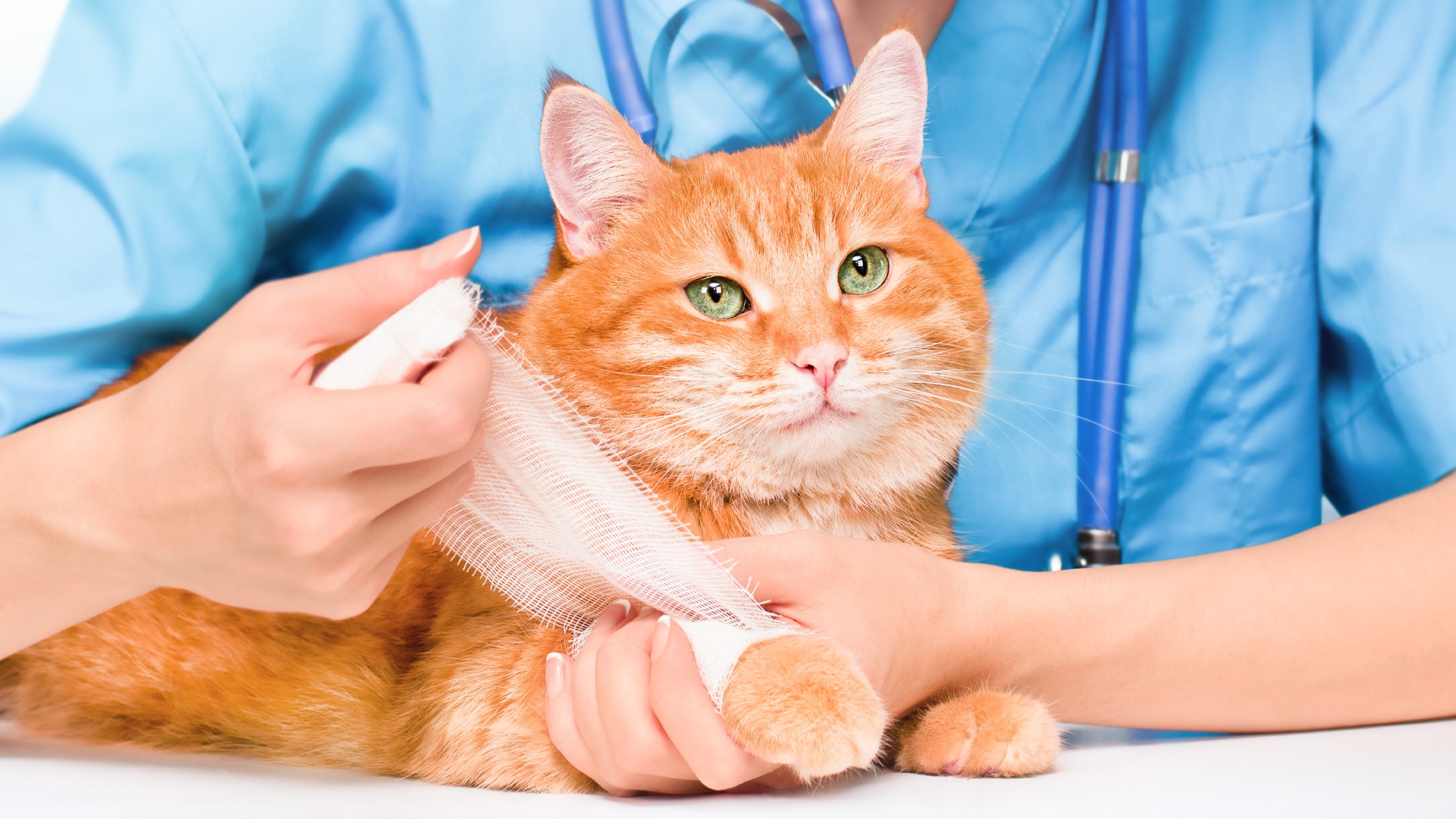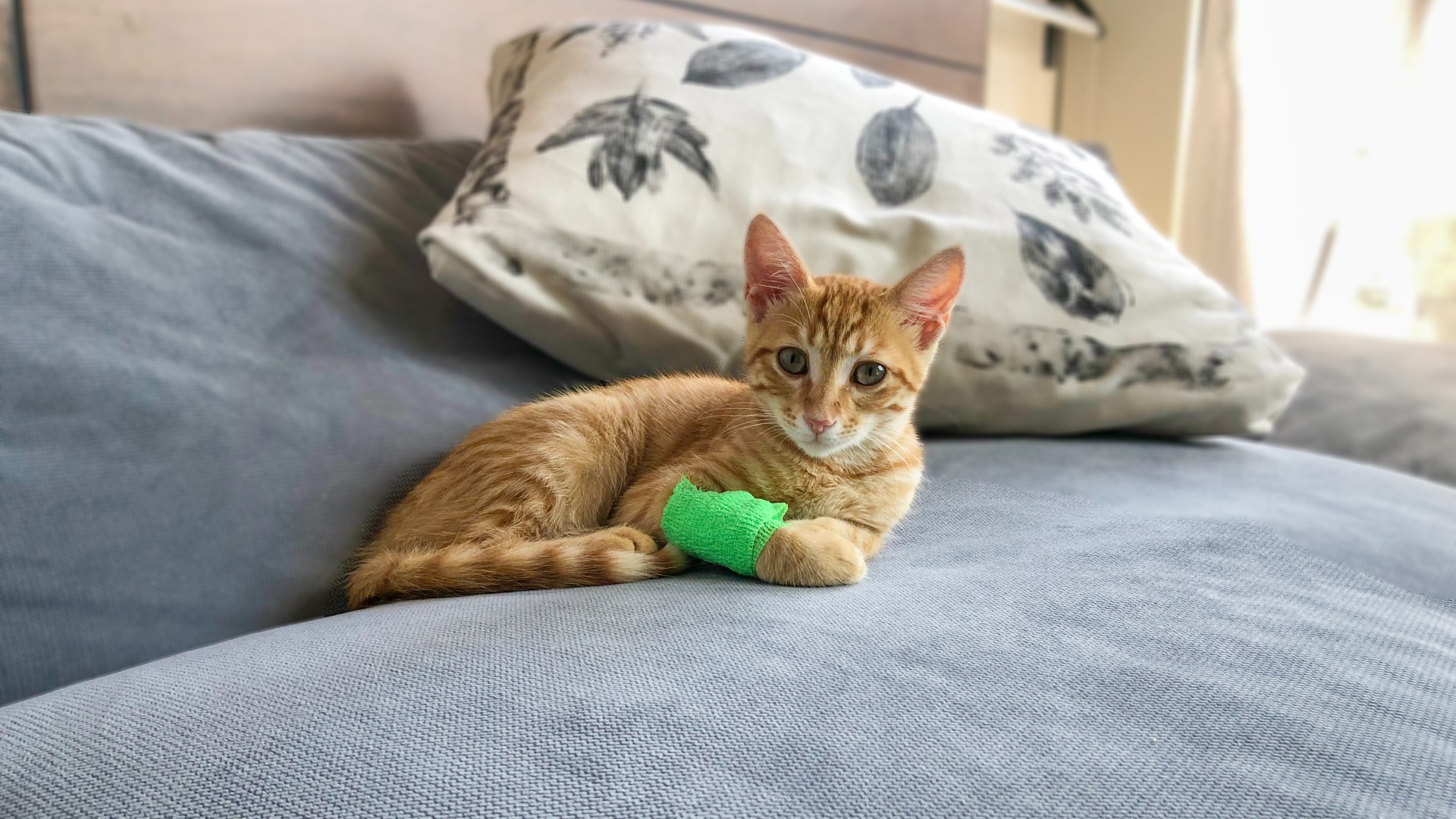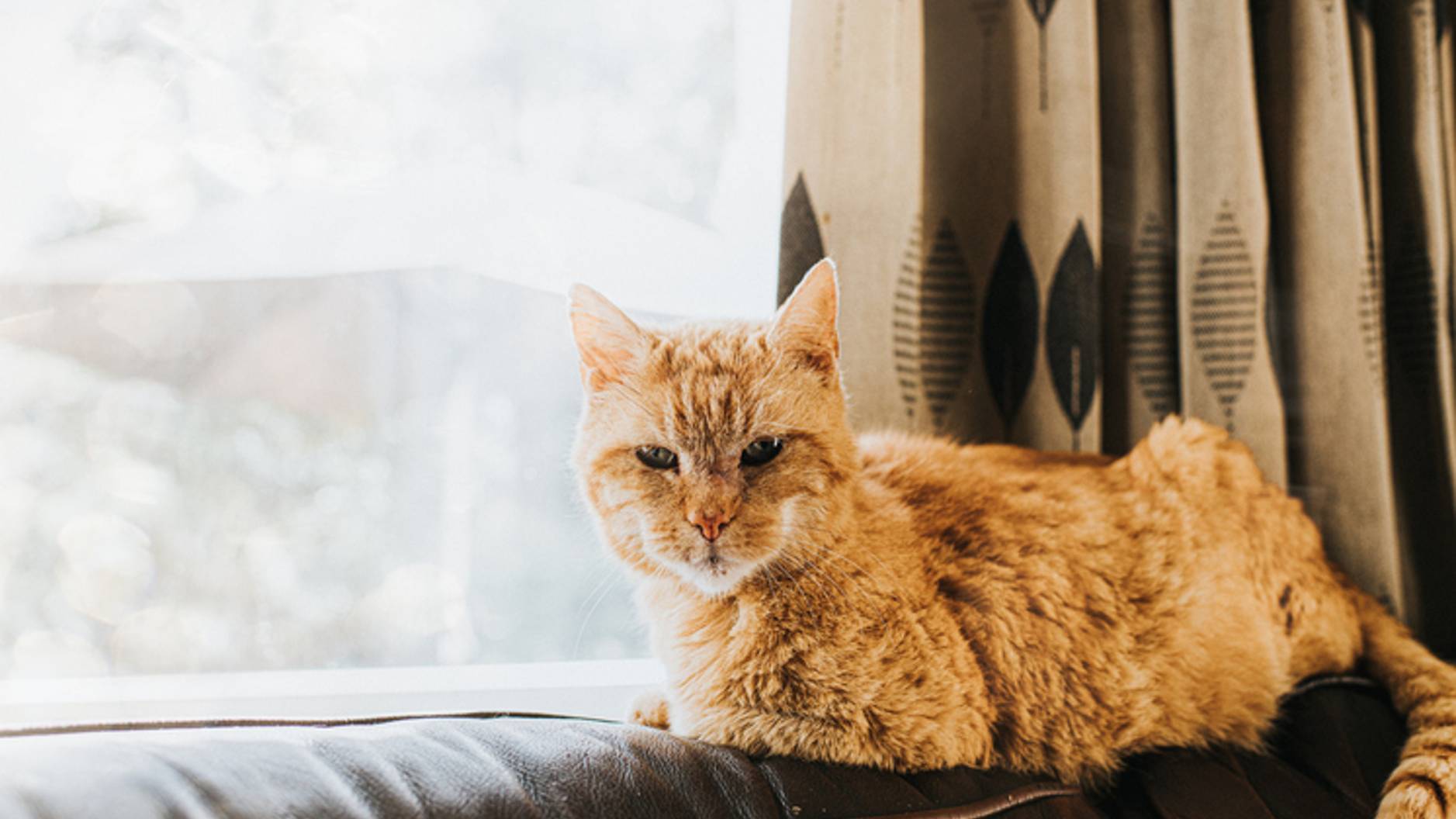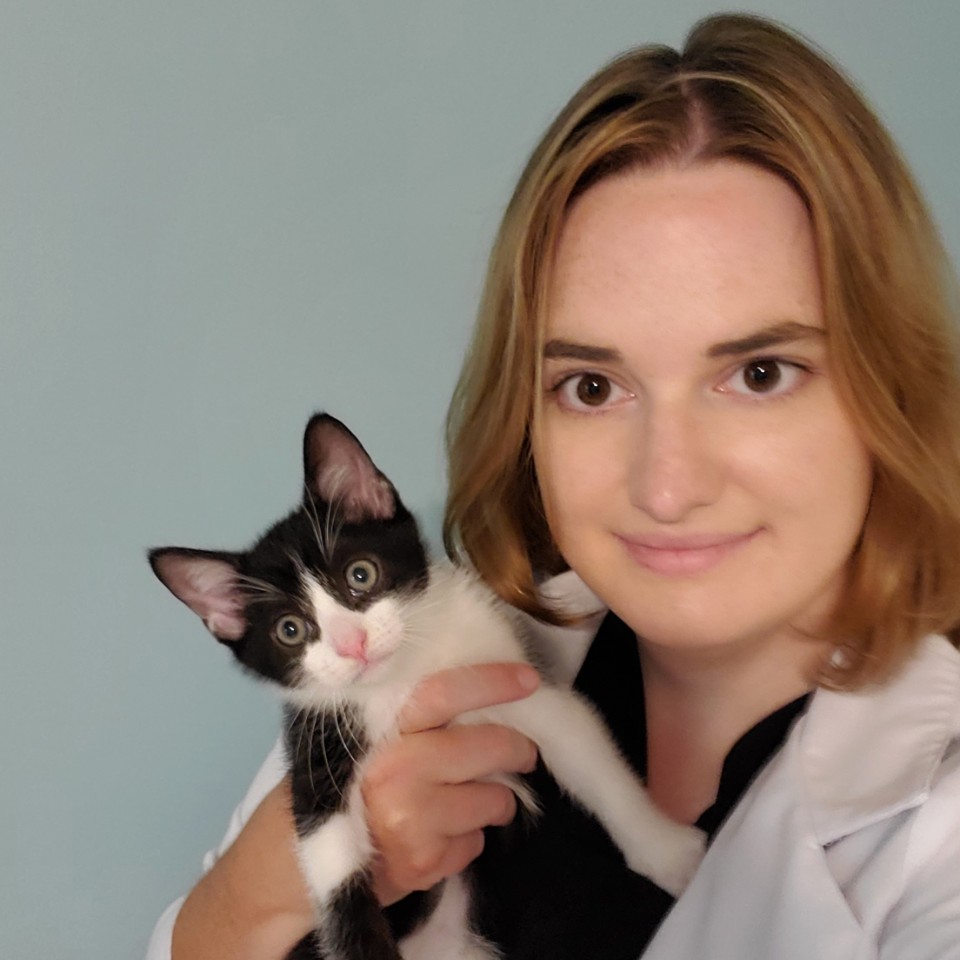My cat is limping: Vet's guide to causes and what to do
Wondering why your cat is limping and what you can do? Limping can be serious – we walk you through how you can help your feline friend

If you’ve noticed that your cat is limping, you’re not alone. It has happened to many pet owners – one minute your cat is fine, the next, he’s got a limp. What happened? Sometimes we never know. But that doesn’t mean we can’t help.
If your cat is limping, there are steps you can take to ensure the problem doesn’t become serious. First, make sure you never give your cat any pain medication or over the counter medications without first talking to your veterinarian. Many pain medications are toxic to cats!
To keep your cat safe, it’s always best to consult your veterinarian before giving any medications. Next you’ll want to try to figure out what happened. Use these tips below to help you better understand limping in cats.
- Best pet insurance: Essential cover to put every pet owner's mind at ease
- Best cat harnesses: The secure way to let your kitty explore
- Is walking a cat on a leash wrong? A vet's view
Causes of limping in cats
Cat limping can be either acute – meaning it came on suddenly – or chronic – meaning it has been going on for a while. One of the first steps to determine the cause of your cat’s limping is to think about how long it has been going on.
Limping that has come on suddenly may be due to a soft tissue injury, such as a sprain or strain, or a fracture of the leg. Chronic limping is often due to arthritis or an unhealed injury.
To help determine the cause of limping in your cat, consider when the limping started, how long it has gone one, whether it has been consistent or intermittent, and whether you noticed any inciting incident, such as fall. Your veterinarian will need all of this information to help diagnose your cat.
What to do if your cat is limping
If your cat’s limp lasts for more than 24 hours, your cat should see a veterinarian. Your veterinarian will ask you for a detailed history, including asking you about the potential causes of your cat’s limp as discussed above. Your veterinarian will then perform a full head to tail physical examination, including performing an orthopedic exam to assess your cat’s bones and joints.
Get the best advice, tips and top tech for your beloved Pets
Your vet will assess your cat’s flexibility and range of motion and will look for any areas of pain or inflammation. Your vet may also recommend taking some radiographs (x-rays) to identify the cause of the limp.
Radiographs can help identify potential causes such as fractures or arthritis in the joints. Once the underlying cause of your cat’s limp has been diagnosed, your veterinarian will be able to prescribe appropriate treatment to help get your cat feeling better.
Treating limping in cats
One of the most commonly used treatments for limping in cats is a non-steroidal anti-inflammatory drug (NSAID) made for cats called Onsior.
This drug helps alleviate pain and inflammation associated with soft tissue injuries and can help reduce your cat’s limping if the limp was caused by a strain or sprain. In many cases, a few days of medication and some strict rest – including no jumping or climbing – are all that’s needed for your cat to heal and return to normal.
Your veterinarian may also prescribe a pain medication called Gabapentin. This medication primarily treats neuropathic pain. It may also make your cat a little groggy, so don’t be surprised if he sleeps more than usual while taking it.
This medication may be prescribed to help alleviate pain and as a mild sedative to keep your cat quiet for a few days while he heals.

Treating a fracture
If your cat’s limping is due to a fracture, in addition to pain medications, your cat may require a bandage with a splint or even surgery to address the fracture. Your veterinarian will advise you on the best course of treatment based on the type and severity of the fracture. Your cat will need to stay very quiet for several weeks while the fracture heals, and will need to be kept indoors during this time.
Treating arthritis
If your cat’s limping in due to arthritis, there are several treatment modalities that may be used. Your cat will need to be on pain control, such as NSAIDs or Gabapentin, to help alleviate the pain.
Other treatments such as joint supplements may also be used to slow the progression of the arthritis. If your cat is still in pain, treatment modalities such as acupuncture and physical therapy may be employed to help improve mobility and alleviate pain. Your veterinarian can prescribe additional treatments based on your cat’s needs.

How long does a cat limp take to heal?
One of the biggest challenges of treating a limping cat is keeping your cat quiet and allowing the injured leg time to heal. This may take anywhere from a few days to several weeks depending on the type of injury.
During the healing phase, your cat should not run, jump, or climb as this will put unnecessary strain on the injured leg. If your cat goes outside, he should be kept indoors until the leg is fully healed.
It can be difficult to keep a cat quiet, but providing plenty of mental stimulation such as puzzle toys, a window to look out of, a bird feeder or fish bowl to watch, or even cat TV shows can help keep your cat occupied without running around.
Conclusion
It can be hard to tell from appearance alone whether your cat’s limp is just a sprain or something more serious like a fracture. That’s why it’s best to see your veterinarian if the limping lasts for more than 24 hours.
Do not attempt to medicate your cat at home, as many over the counter medications are toxic to cats. Always consult your veterinarian before providing any medication to your cat, and see your veterinarian immediately if your cat’s pain worsens.
Dr. Elizabeth Racine is a small animal general practice vet covering all things pet health and wellness. Her special interests include veterinary behavior, nutrition, and internal medicine.
As a freelance writer, Dr. Racine has written content for major companies in the industry such as the American Kennel Club, Merck Animal Health, Bayer PetBasics, Elanco, and CareCredit. In her free time, Dr. Racine enjoys playing trampoline dodgeball, hiking with her beagle Dasher, and spending time with her three mischievous cats.

